Whatever comes in a UNESCO world heritage site list is unique, ancient and loaded with history. Many historic sites in Belgium are famous for ancient architecture and historical past. But the Mining sites of Wallonia are quite different in their term of heritage. Yes, it is an offbeat destination in Belgium but drags a lot of tourists every year. The Major Mining Sites of Wallonia depicts the industrial era of the 19th and 20th centuries. But have you ever thought about why these mining sites are so extraordinary?
If not, then go through my blog and check out the prominence of Major Mining Sites of Wallonia being a heritage site.
Know About the Mining Sites of Wallonia
The Major Mining Sites of Wallonia is a UNESCO World Heritage Site in south Belgium that incorporate four sites associated with Belgian coal mining in the 19th and 20th centuries. These 4 sites are Grand-Hornu, the Bois du Cazier, the Bois du Luc and Blegny Mine. They belong to the French-speaking Hainaut and Liège provinces.
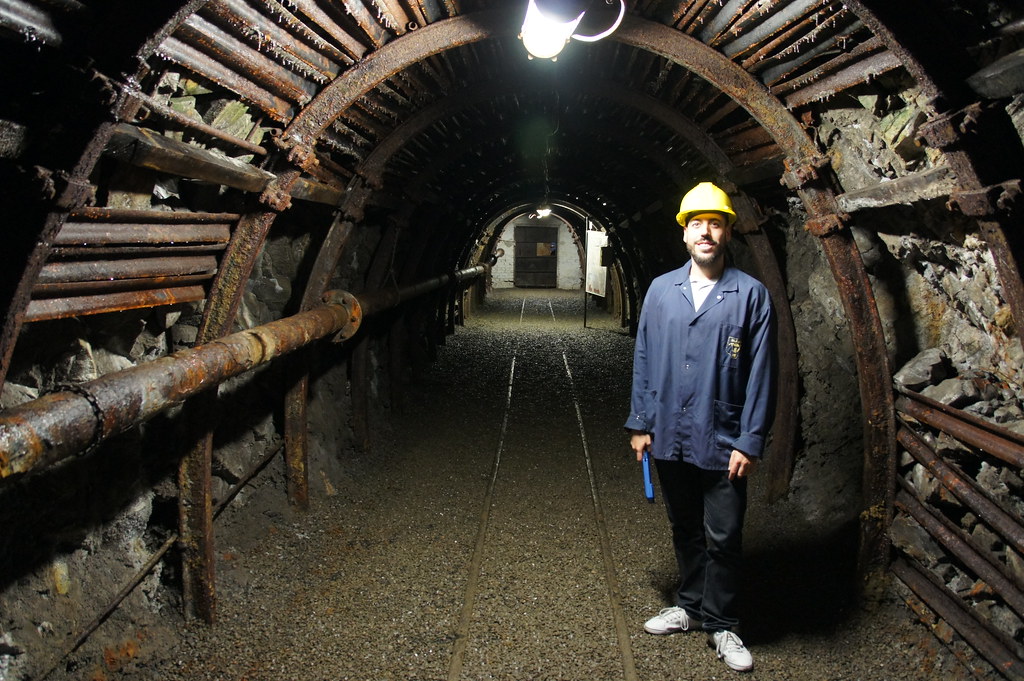
Belgium’s coal mining business prospered in Wallonia for hundreds of years until the 1970s so about, when it became commercially inadequate to continue. Even though the era was over, individuals were wise enough to recognise the period’s heritage and saved much of the infrastructure.
UNESCO Recognition of Mining Sites
In 2012, the UNESCO board of directors mentioned the site in the Heritage list. It includes early instances of utopian architecture from Europe’s early industrial age inside a highly integrated industrial and urban ensemble, like Bruno Renard’s Grand-Hornu colliery and workers’ city from the first half of the 19th century. Whereas there were hundreds of collieries in the Walloon Region, most of them have lost their infrastructure, while the four components of the designated site have maintained a high level of integrity.
Also Read: Explore The Budj Bim Landscape- The Heritage Site Of Australia
Chronicles of Mining Sites of Wallonia
Mining and heavy industry based on coal were a prominent aspect of Belgium’s economy during the Industrial Revolution in the 19th century. The majority of this mining and industry took place in the sillon industry, a strip of land that runs across the country and is home to many of Wallonia’s greatest cities. The World Heritage Site’s designated locations are all located inside or near the sillon industry.
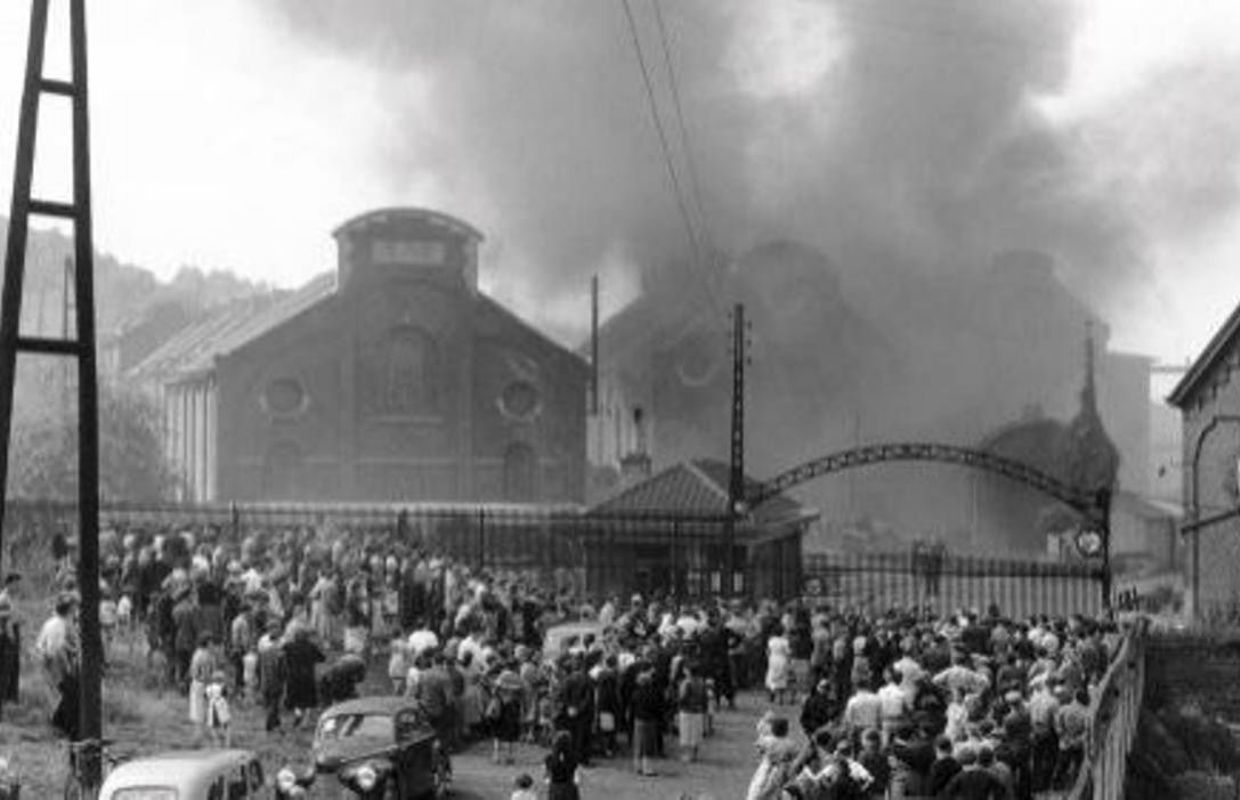
The mining industry in Belgium deteriorated during deindustrialization in the twentieth century, and the four mines listed above are no longer functioning. They are now open to the public as museums and are significant examples of Belgian industrial heritage.
Four Mining Sites of Wallonia
Grand-Hornu
You have to visit Hornu at Hainaut Province to witness the Grand Hornu. Grand-architecture Hornu’s is the most spectacular of the four coal mines. It is a remarkable example of a neoclassical industrial legacy, having been built in the early nineteenth century.
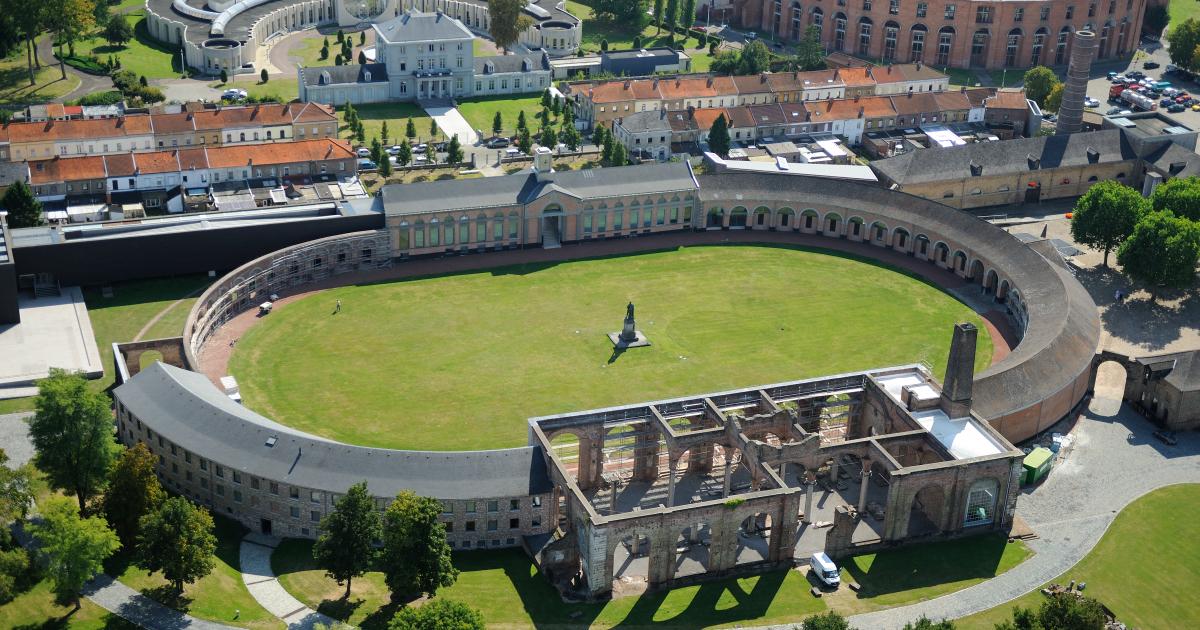
A collection of early 19th-century industrial buildings related to coal mining. It is one of the world’s oldest company towns and one of the first examples of town planning.
- Grand-Hornu is open from Tuesday to Sunday. Timings – 10:00 – 18:00.
- Vising costs €10 for an adult, €6 for a concession and €2 for children.
Bois du Luc
Bois du Luc mine is located at Houdeng-Aimeries, Hainaut Province. This mine, which was one of Belgium’s oldest coal mines, was shut down in 1973.
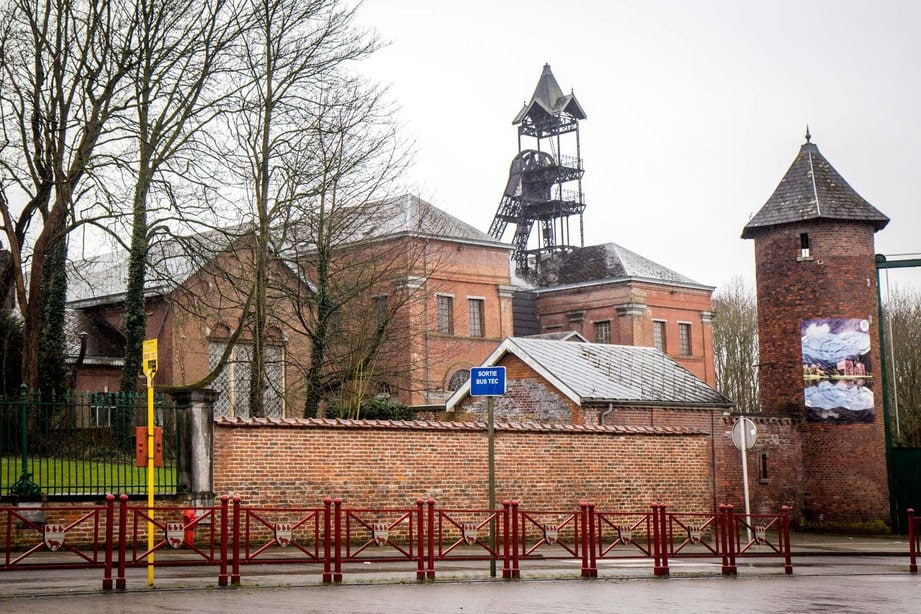
Despite its reputation as a commercial town, the site is preserved as an ecomuseum. Bois du Luc is home to several structures built between 1838 and 1909, as well as one of Europe’s oldest collieries, which dates back to the end of the 17th century.
- The museum in Bois-du-Luc is open every weekday from 10:00 a.m. to 5:00 p.m. throughout the year.
- It costs €9 for an adult to visit the museum at Bois-du-Luc, €8 for those over 60, €6 for children aged 6-18 and students, and free for children under 6.
Bois du Cazier
It is located in the Hainaut province of Marcinelle. Under the Dutch era, the well St-Charles of SA of Charbonnages of Bois of Cazier is born in 1822. The Bois du Cazier was a coal mine that operated from 1822 until 1967. Italy was exchanging labour for coal at the time. In 1956, 47 000 Italians worked in Belgian mines, accounting for more than 30 % of the country’s miners and more than half of those in the Charleroi area.
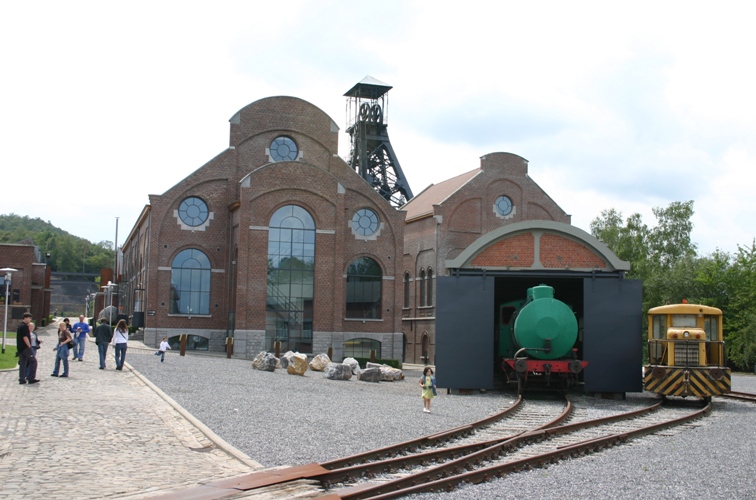
It is primarily remembered as the site of a severe mining accident in 1956, which killed 262 miners, the majority of whom were Italian migrant labourers. The mine is now a museum dedicated to the disaster, as well as the region’s history during the Industrial Revolution and coal mining in general.
- Bois du Cazier is open from 9:00 a.m. to 5:00 p.m. Tuesday through Friday and 10:00 a.m. to 6:00 p.m. on weekends.
- It costs €8 for an adult, €7 for a senior, and €4.50 for a child to visit Bois du Cazier.
Blegny Mine
It is located in Blegny, Liege Province and is a significant coal mine in eastern Belgium. Is an abandoned coal mine near Trembleur. This coal mine was the last in the Liège basin; it ceased commercial and industrial operations in 1980 and then opened to the public as a tourist attraction.
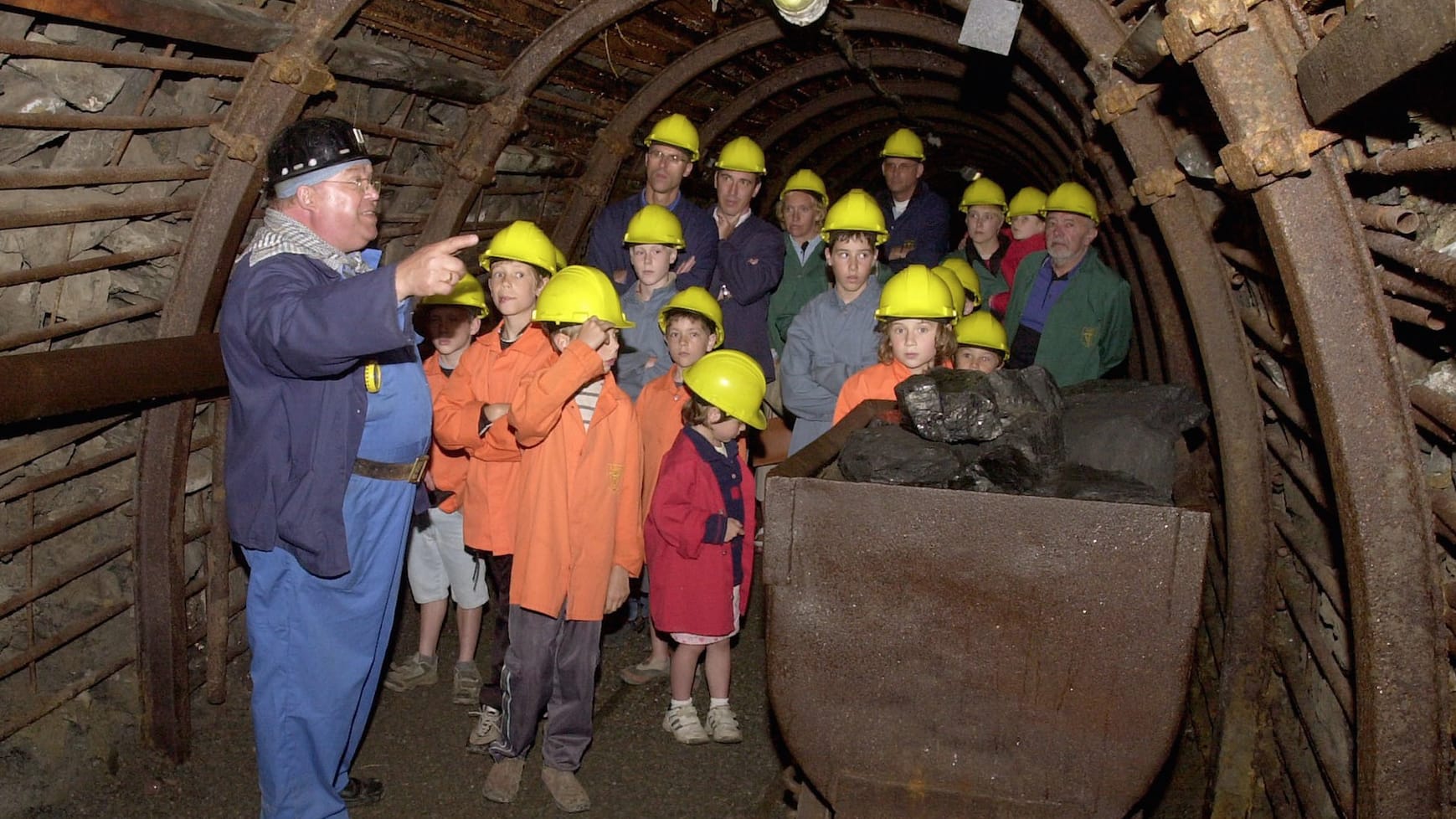
You’ll get the best underground experience at Blegny mine, where you’ll ride in a cage down 60 m into the tunnels to watch the extraction process and learn more about working conditions.
- Blegny Mine is open on all days
- The first tour begins at 11:00 a.m. and ends at 4:00 p.m.
- It costs €13 for an adult, €11.50 for a senior or youngster aged 13-18 years old and €9 for children aged 6-12 years old to tour Blegny Mine.
Effect of These Mining Sites
These 4 major mining sites of Wallonia together give an outstanding and comprehensive representation of industrial mining in continental Europe at distinct periods of the industrial revolution. These mines are the oldest and largest in Europe. They have witnessed the industrial revolution, early distribution in the industries of technical, social and urban progress. They had played a major example role on both the technical and social levels till recently. Finally, via the participation of workers from various parts of Belgium, Europe and eventually Africa, they are one of the most important locations of interculturalism resulting from mass industry.
Protection and Administration Essentials
Mining Sites of Wallonia protective measures are adequate. Through local town planning or sector plans, guarantees for management of the urban and rural buffer zones. The serial property has just received a permanent overarching body that is operating efficiently, beginning with the acquisition of sites with distinct management and conservation systems: the overarching Coordination Group.
Also Read: Jesuit Missions of the Chiquitos – The Living Heritage of Bolivia

